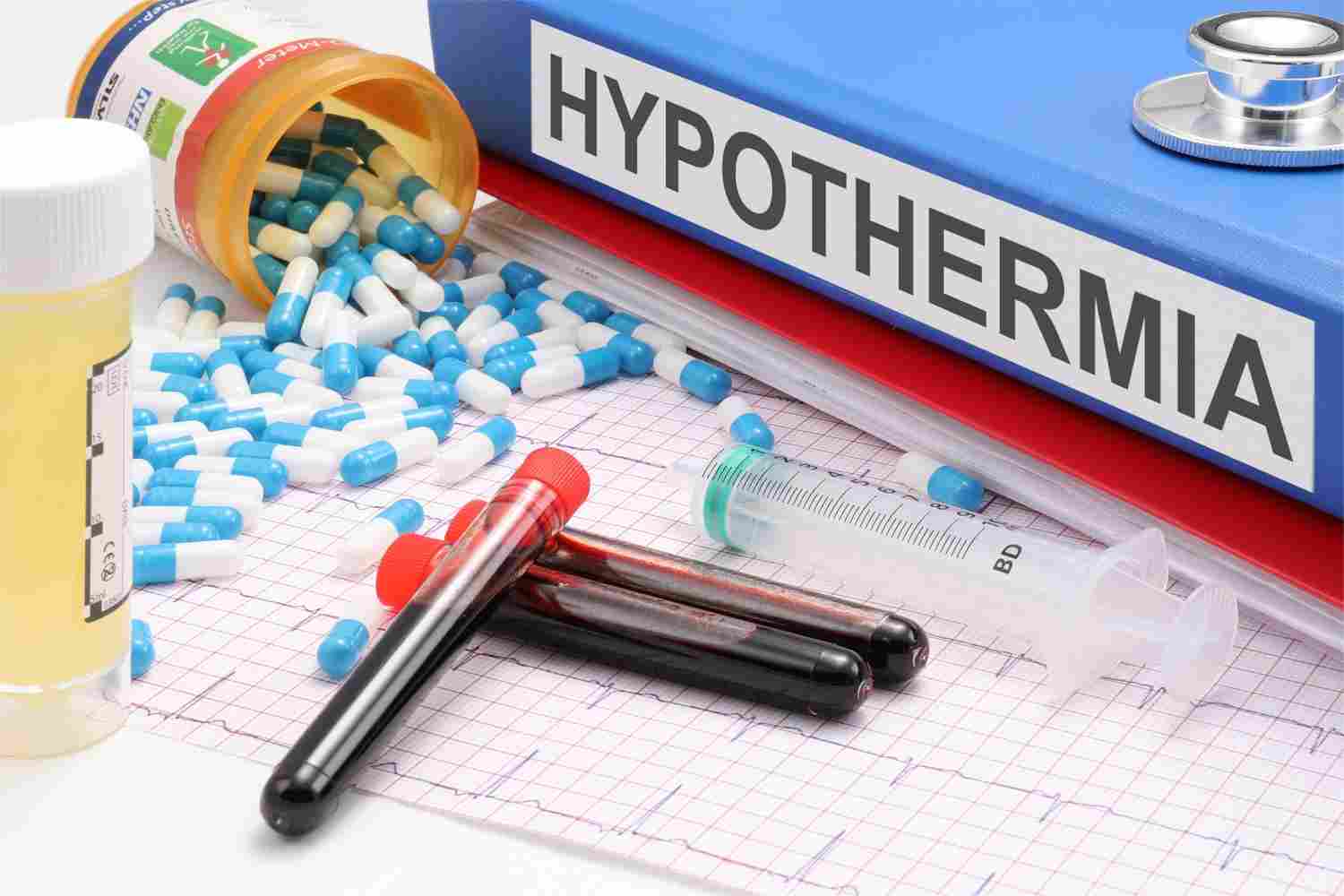Table of Contents
2. Difference between hypothermia and frostbite
4. What triggers hypothermia and frostbite?
5. How do you recognize hypothermia in a child?
Mild or Moderate hypothermia (Grade 2)
6. Hypothermia and frostbite: first aid measures
In babies and toddlers, hypothermia and frostbite develop much faster than in older children and adults.
Hypothermia and frostbite may not be serious problems in babies but they can trigger other health issues in your baby.
In this article, you will find out which first aid measures help in the event of impending frostbite and how you can prevent hypothermia in your babies.
But before we go further, let's talk about what hypothermia really means and what nursing mothers should look out for.
According to Healthpally, With hypothermia, the body temperature drops below 35 degrees.
The more the body cools down, the slower the metabolism becomes. Hypothermia, therefore, can be life-threatening and must be treated by a medical doctor that's well trained.
People often get confused and use hypothermia and frostbite interchangeable but they are not the same.
However, the main difference between frostbite and hypothermia is that individual parts of the body (e.g. nose, ears, hands, etc.) are affected by frostbite. With hypothermia, on the other hand, the entire body is affected.
Frostbite is a protective reaction of the body: To protect the vital organs, the body stops the blood supply to less important parts of the body, for this reason, individual parts of the body become cold.
The following things cause a significant drop in body temperature:
- too little movement in cold temperatures
- damp clothes
- Prolonged stay in cool water (even at hot temperatures)
Symptoms of hypothermia are paleness and blue discoloration of the skin.
Older children suffer from feeling cold and shivering, especially in the winter.
Hypothermia is very common in winter than summer.
To recognize hypothermia better, you'd need to understand the two types we have, SexPally.
Minor hypothermia (grade 1)
In minor hypothermia, Your child starts with trembling muscles, acts deeply, and the pulse increases.
Mild or Moderate hypothermia (Grade 2)
While in mild hypothermia, If the temperature in the body drops further, the function of the brain is impaired.
The muscles stiffen and the little ones become increasingly sleepy and can hardly be addressed.
This is when hypothermia can become serious in your baby, and immediate attention is required, and you need to act fast and take your baby to the clinic for examination and treatment.
Severe hypothermia (grade 3)
Severe hypothermia leads to unconsciousness and breathing is barely or not at all noticeable.
You shouldn't wait to this level before you start giving treatment.
Since hypothermia can be life-threatening, it is necessary to react quickly and provide first aid.
What exactly you have to do depends on the stage of hypothermia.
If hypothermia was caused by wet clothing, take off the clothing and wrap your child in a warm woolen blanket if possible.
If your child is unconscious, lay them on their side or, if they are unable to breathe or if they are not sleeping, begin immediately with mouth-to-mouth resuscitation or cardiac massage.
Also notifies the emergency services immediately, SexPally advised nursing mothers.
For example, constricting shoes in connection with the cold can lead to frostbite.
Similar to a burn, severe frostbite can cause blisters to form. Under no circumstances should these be opened. Also dials the emergency number.
Warming should always be done slowly and gradually to avoid major damage.





